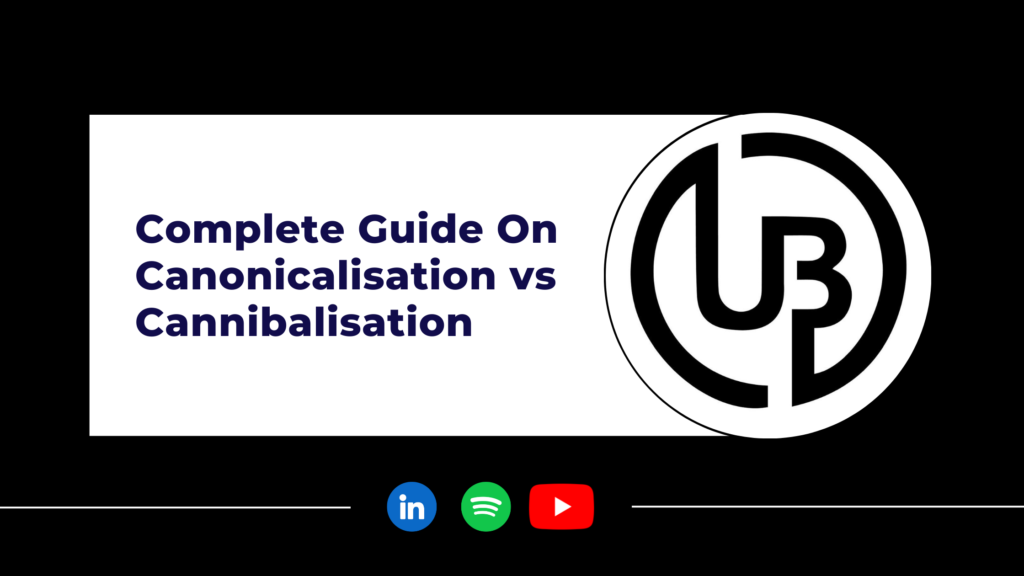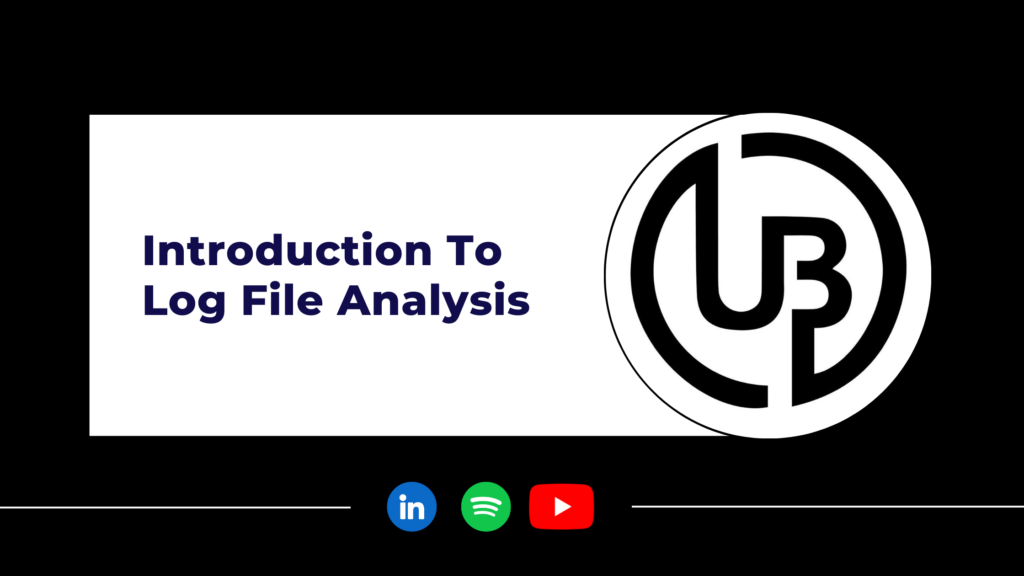
How NPL Works In Search Engine Optimisation
Search Engine Optimization (SEO) has evolved from a keyword-centric approach to a more nuanced understanding of user intent. This shift has necessitated the use of advanced technologies to optimize content and improve search engine rankings. One such technology that is revolutionizing SEO is Natural Language API (NLA).
Search Engine Optimization has evolved since it was first coined in 1997. We have seen many changes interm of content, on page seo, off page seo, technical seo. Google has released various algorithm to provide more user intent based website content ranking on Google SERP. As technology become more advanced, Search Engine also followed the same path with the help of Natural Processing Language ( NPL ). We should thanks to NPL , Search engines no longer focus only on keywords, but also on content quality and relevance. With the help of NPL its possible to understand the context and emotion of a text. This ensures that not only is a piece of text produced, but it also matches the needs of the client and target audience.
Platforms For NPL
Gensim : It’s a open source library designed for topic modelling, document indexing and similarity checker with large text data.
SpaCy : is good in performing tasks like text classification, information extraction, and natural language understanding, offering pre-trained models for various languages.
IBM Watson Natural Language Understanding is a cloud-based service that utilizes deep learning methods to extract meaning and metadata from unstructured text data. It helps in analyzing categories, classifications, entities, keywords, sentiment, emotion, relations, and syntax.
MonkeyLearn helps in text analysis through machine learning. It helps in extracting insights from unstructured data by offering pre-built models for tasks such as sentiment analysis, topic modeling, and keyword extraction. Users can also create custom models without coding expertise.
TextBlob : It helps in performing sentiment analysis, part-of-speech tagging, noun phrase extraction, and more.
Stanford Core NLP helps in offering functionalities, including tokenization, part-of-speech tagging, named entity recognition, dependency parsing, and coreference resolution.
How to Use NLP Tools for SEO
- Keyword Research: NLP can identify relevant keywords from the content which helps in analysis keywords analysis from the competitors content. With NPL we can analyse how competitors are using different keywords across their content and their primary keywords. Not only primary keywords, NPL can extract relevant long tail queries.
- Content Optimization: For content optimization lets take top 10 content that are ranking on 1st SERP on Google then you can use NLP to understand the keyword structure ( Headings & Sub Headings ), important keywords, keyword density and more. By comparing top content you can compare your content with top performing content and perform gap analysis and make changes accordingly
- Sentiment Analysis: Review analysis is the best example of sentimental analysis. Lets take an example of Zomato app store reviews – Extract all Zomato reviews and perform sentimental analysis which will analysis positive and negative sentiments of the reviews and you can make analysis what is the user feedback for Zomato App.
- Topic Modeling: Lets understand this with an example you have list of 1000 blog articles. Topic modelling can automatically group articles into clusters based on their content. For example, it might identify topics like “politics,” “technology,” and “sports.”NPL can help you in creating more in dept content by analysis your content main focused area. It also helps in identifying keywords that you missed in your content

